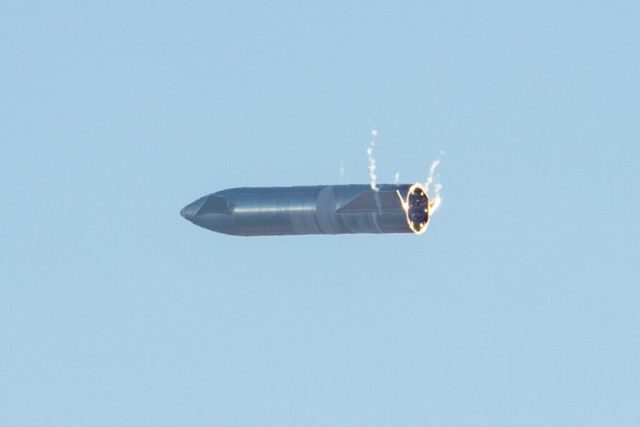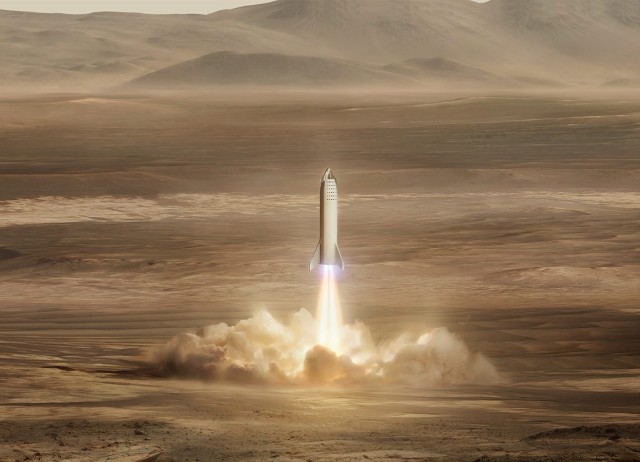According to the entrepreneur, the existing rules of the US Federal Aviation Administration can become a serious obstacle to the development of the Red Planet by humans. Recall that the next tests of the prototype of the Starship space system are due to take place soon.
Elon Musk continues to dream of a human flight to Mars, but is willing to talk about the problems that can interfere with the idea. Moreover, the entrepreneur recently wrote on Twitter that due to the norms of the US Federal Aviation Administration (FAA), a human foot may never set foot on Mars.
Musk praised the FAA's aviation division, but criticized the space department's limitations. "Unlike the aviation division, which is fine, the FAA's space division has a fundamentally flawed regulatory structure. Their rules are intended for several one-time launches per year from several state facilities. According to these rules, humanity will never reach Mars, " wrote the head of SpaceX.
Unlike its aircraft division, which is fine, the FAA space division has a fundamentally broken regulatory structure.Their rules are meant for a handful of expendable launches per year from a few government facilities. Under those rules, humanity will never get to Mars.
- Elon Musk (@elonmusk) January 28, 2021
This was in response to a report about the FAA's postponement of the SN9 test, a new technology demonstrator (sometimes also called a prototype) of the promising Starship system.
As of today, the exact timing of the SN9 tests is unknown: according to the plans, the tests can be carried out in early February. Earlier, the demonstrator passed a leak test and a cryogenic test. Fire tests with the launch of three engines were carried out on January 7 and 14, after which two SN44 and SN46 engines were replaced. Tests of the new engines were carried out on January 22.
The very first flight tests of the first Starship demonstrator were conducted by SpaceX on April 5, 2019: then the Starhopper spacecraft jumped one meter. On August 27 of the same year, Starhopper was able to fly to an altitude of 150 meters.
Subsequent tests of the demonstrators in many cases ended in failure. The most significant tests for today were conducted on December 9, 2020. Then the prototype Starship SN8, superficially similar to the Starship spacecraft, was able to climb to an altitude of more than 12 kilometers, but due to problems it exploded on landing.

Starship SN8
Image source: SpaceX
The new SN9 will not be the last prototype of the new space system. In February, we can expect tests of the SN10, equipped with aerodynamic rudders and a nose fairing. Around the same time, the Starship SN11 demonstrator may be tested.
The designation Starship is understood as a two-stage space system, and in addition, the name is assigned to the spacecraft that plays the role of the second stage. The first is the Super Heavy accelerator. The system must be reusable. It is assumed that it will be able to launch up to 100 tons of payload into a low reference orbit.

